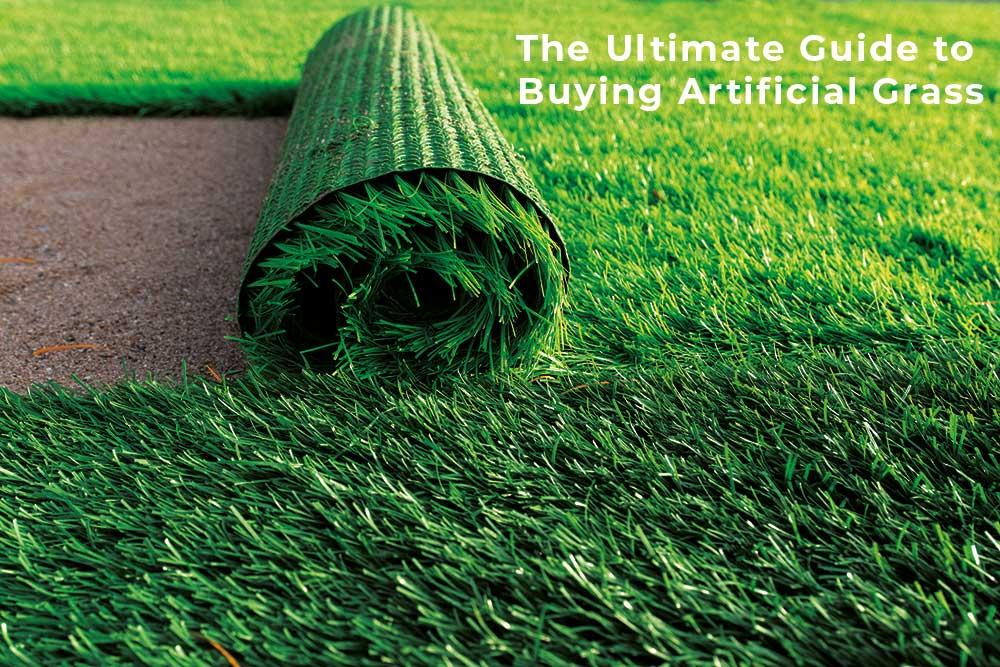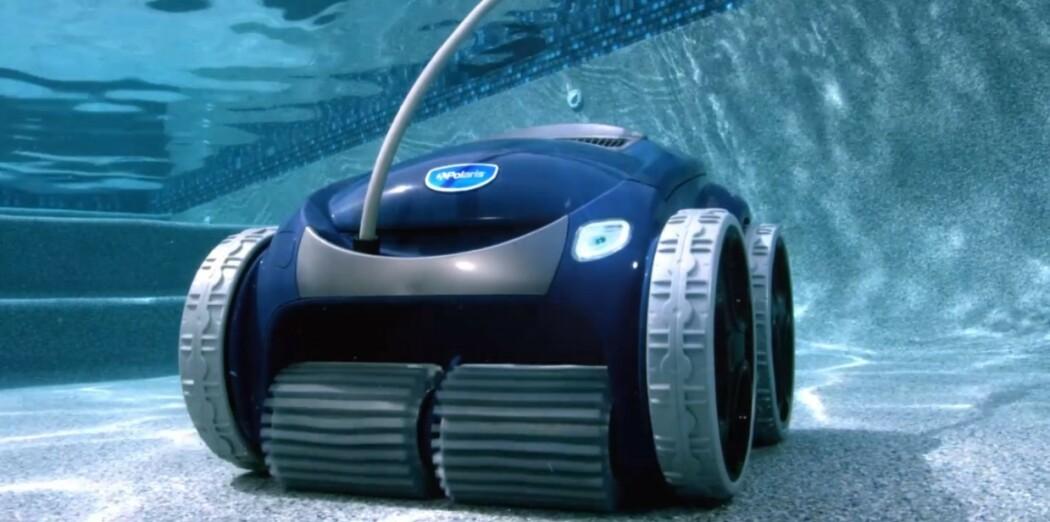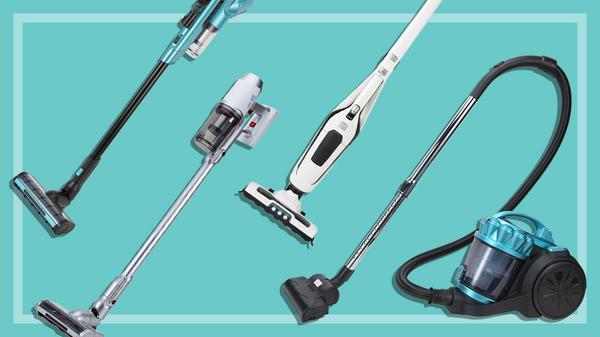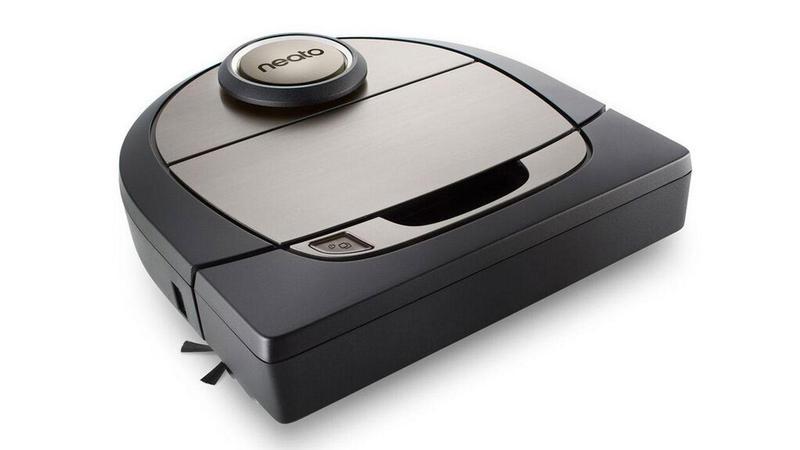Should I get artificial grass?
Whether you're looking to drought-proof your backyard, transform an area where grass refuses to grow, or you simply can't stand mowing the lawn, you may be considering installing artificial grass.
Having a perfect lawn without any mowing, watering or fertilising may sound appealing, but there are also some downsides to faking it.
We look at the pros and cons, costs, and safety and environmental considerations of installing an artificial lawn.
Artificial grass requires little maintenance.
Pros and cons of fake grass
Pros
Year-round perfection
Artificial grass looks immaculate every day of the year, even during drought or when you've been away on holiday. It never grows too long and it never looks dead, discoloured or patchy.
Low maintenance
A natural lawn needs mowing and watering, and possibly fertiliser and weed killer to keep it looking healthy. But artificial grass requires very little maintenance.
Dog and child-friendly
Some dog owners prefer artificial grass because it stops dogs from digging holes in the yard and their urine doesn't damage the grass. Parents may also prefer artificial grass because it's mess free (no muddy footprints) and allergy free for children (or adults) who suffer from grass allergies.
Cons
It can look fake
Because artificial grass can look so immaculate and blemish free, most people can tell it's not the real deal.
Expense
Installing an artificial grass lawn costs roughly double what it costs to install a natural lawn from scratch using turf.
Longevity
A well-maintained, high-quality installation can last up to 25 years (some companies even offer a lifetime warranty). But standard warranties are only about seven to 10 years, so you may find that your lawn needs substantial maintenance or replacing around this time.
Other issues to consider
Burns and heat
The surface of artificial grass can become dangerously hot in direct sunlight, posing a significant burn risk, particularly to young children.
"Surface temperatures of unshaded artificial turf can reach up to 100°C on a hot day," says Dr Sebastian Pfautsch, associate professor in Urban Studies at the University of Western Sydney.
"This can easily cause surface burns, especially for toddlers and young children."
Pfautsch says just a few seconds of direct contact with hot artificial grass can be enough to cause burns.
In fact, in 2020, three toddlers sustained second-degree burns after walking barefoot over artificial turf at their childcare centre.
Radiant heat
And it's not just burns that are a concern when it comes to the temperature of artificial lawns. Pfautsch says radiant heat is also an issue.
"The air temperature surrounding unshaded artificial turf is significantly elevated," he says.
"Children playing on unshaded turf will be exposed to much higher temperatures, even on a relatively mild summer's day, putting them at higher risk of dehydration, heat rashes and heat exhaustion."
If you have a small block with very little airflow, the turf will reradiate stored heat into the microclimate surrounding your home, effectively heating up your house
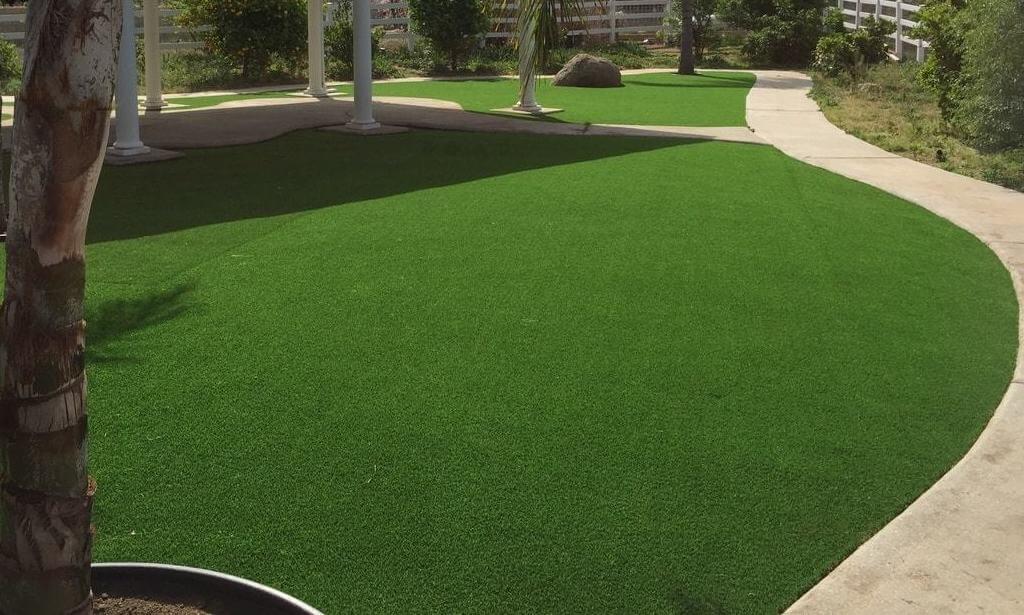
Pfautsch also warns people that the radiant heat could affect the temperature of their home.
"If you have a small block with very little airflow, the turf will reradiate stored heat into the microclimate surrounding your home, effectively heating up your house," he says.
"You may be saving money on mowing and watering, but you'll likely find your electricity bill is notably higher over the summer."
Some manufacturers sell specialty "cool" turfand cooling infill materials designed to reduce the surface and radiant heat of artificial lawns.
There's a variety of types to choose from.
What are the different types of fake grass?
The artificial grass used for landscaping comes in a range of lengths, thicknesses and colours depending on your preferences. Thicker yarns are usually softer (but more expensive) and are best suited to areas where people tend to walk or stand.
There are also a variety of colours to choose from, ranging from vibrant green to more realistic and variable shades. Most high-quality turfs include some brown blades of grass for a more realistic look.
Features to look for
Speciality infills
The infill is the material you spread on top of your lawn to anchor it in place once it's been laid. The standard infill material is sand, but there are also speciality infill products, including:
Environmental concerns
Artificial turf manufacturers often advertise the environmental benefits of artificial grass, including lower water and energy usage and eliminating the need for pesticides and fertilisers. But there are definitely some downsides to artificial turf too.
Ecological impact
Celia Connor, lecturer in Environment and Agriculture at Charles Sturt University, says artificial grass is likely to disrupt the complex ecosystem of your soil.
"Most people think of soil as just dirt, but soil is full of microorganisms, it's an incredibly complex ecosystem," she says.
A better alternative for those wanting to reduce lawn maintenance may be to replace lawn areas with ground covers and garden beds
"By placing a layer of plastic over the soil you're limiting those organisms' capacity to receive oxygen and as the turf begins to break down, materials from the plastic will also leach into the soil, further disrupting the soil diversity."
She says these effects are unlikely to be limited just to the turfed area, but would also have a knock-on effect on surrounding areas.
She suggests that a better alternative for those wanting to reduce lawn maintenance may be to replace lawn areas with ground covers and garden beds.
"If you have well-prepared garden beds and use the right plants, they will take very little effort to maintain," she says.
Microplastics
Both Pfautsch and Connor also highlight the risk of microplastics entering waterways from artificial turf.
"If there are drainage issues and the water is draining unfiltered away from properties, there will be a real risk of exporting microplastics into the waterways," says Pfautsch.
Plastic waste
The plastic waste generated by artificial lawns is another area of ecological concern. Although some lawns can last a lifetime, others may last only a few years – either way, they'll eventually end up in landfill. Some companies are working to produce "greener" alternatives to the 100% plastic lawns that are currently the norm throughout Australia.
Australian owned and manufactured synthetic grass company All Seasons Synthetic Turf sells a turf that is made from 60% sugar cane.
"In Australia, we haven't quite caught up with the move towards sustainability we are seeing within the industry in Europe," says All Seasons Synthetic Turf owner Steve Fellows.
"I expect we'll be seeing more sustainable options entering the market within the next five years or so."
A professional installation can cost about twice as much as DIY.
DIY vs professional installation
The price of an artificial lawn can vary dramatically depending on the quality of turf you choose and how it's installed. As a general rule, a professional installation can cost about twice as much as doing it yourself.
DIY installation
Many turf retailers sell high-quality artificial turf directly to customers. You can also buy artificial turf from online stores (such as eBay) as well as Bunnings.
Fellows says the cost of laying a 50m2 lawn yourself can range from $1500 to $3000.
"Installing an artificial lawn yourself can definitely save you money, but there's quite a lot of skill and effort involved," he says.
Costs
*Example prices are from Bunnings.
Common pitfalls of DIY installations
Installing your artificial lawn yourself will undoubtedly save you money, but it can be quite a difficult process. Fellows says some of the most common pitfalls are:
Although it may be worth doing it yourself if you only have a small area to cover, it's probably worth investing in professional installation if you're looking to install an entire backyard.
Professional installation
Professional installation will cost about $55–$60 per square metre depending on the difficulty of the job.
Combined with the cost of the turf itself, you'd be paying about $75–$100 per square meter, meaning a 50m2 backyard could cost anywhere between $3750 and $5500 to install.
Do I need council approval to install artificial grass?
That depends. You're free to lay artificial grass on your own property, but you may need to speak to your local council if you intend to install it over the council-owned nature strip/verge outside your home.
Some councils will let you, but others may limit the percentage of your verge that you can cover with artificial grass. Some councils may allow its installation only in certain circumstances and subject to certain conditions.
How to maintain your artificial lawn
Weekly
Monthly
As needed
Remove weeds (particularly around the edges of the lawn) or apply weed killer three to four times a year to stop them growing.
Case study: Pam's story
Pam had an artificial lawn installed in her 40m2 backyard in November 2015 to reduce maintenance and create a space where her children could practise hockey. Almost six years on, she's very happy with her choice.
"The grass still looks exactly the same as the day it was laid," she says. "People don't even notice it's artificial at first glance, it's only when the sun shines on it at a certain angle you can see the shine reflecting off the blades."
She says that although she loves not having to mow or water her lawn, it does require some maintenance.
"Weeds do come up, mainly around the edges, but they're easy to just pull out with your hands," she says.
Overall, the benefits outweigh the negatives
"From time to time, you can also get some dippage in the sand layer underneath the lawn, so you need to lift it up and top up the sand to flatten out the surface."
Although she's very happy with her lawn overall, she does point out a couple of downsides.
"The lawn can get very hot during summer – you can't sit directly on the grass in the middle of the day without putting a towel down," she says.
"We've also noticed some people can have a reaction to it – our daughter got a skin rash after lying directly on the grass."
But Pam says that, overall, the benefits outweigh the negatives, and she'd definitely recommend considering artificial grass if you think it could be right for you.
We care about accuracy. See something that's not quite right in this article? Let us know or read more about fact-checking at CHOICEJoin the conversation
To share your thoughts or ask a question, visit the CHOICE Community forum.
